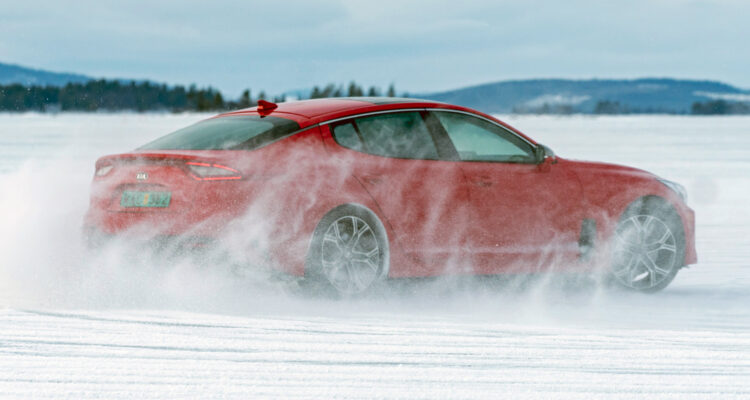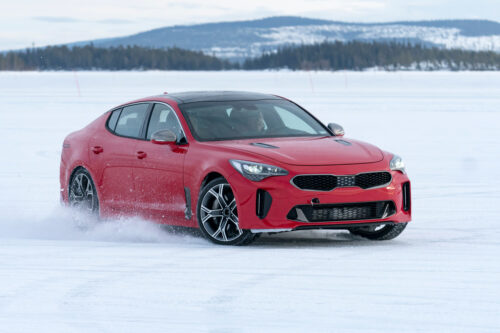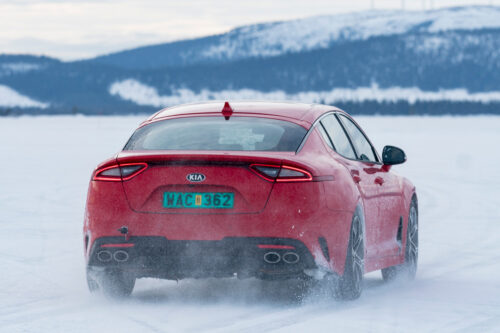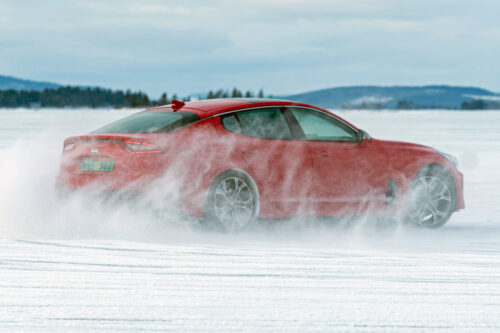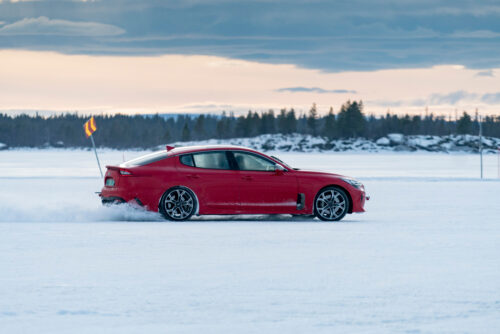In order to succeed in Canada, a fast car must also be able to take on snow, ice and cold, so the Kia Stinger is taking on the Arctic winter in northern Sweden to make sure it lives up to the company’s warranty coverage when it goes on sale later this year.
Making the trek from the Kia test base at the Nurburgring in Germany, engineers are putting the new fastback sport sedan through the rigors of extreme cold at their development facility in Arieplog in Swedish Lapland.
The idea is to balance drivers’ desire for predictable, stable handling in all conditions with the fun-to-drive character of a rear-wheel-drive sport sedan.
Kia’s development team is using a frozen lake for fine-tuning Stinger’s handling in rear-and all-wheel drive configurations and the car’s electronic aids on a variety of low-traction environments, including skid pad, handling course and slalom course.
Stinger is Kia’s first sedan with a choice of RWD and AWD system with a new Dynamic Torque Vectoring Control system, which automatically applies power and braking force to the appropriate wheels, to maintain course under heavy cornering or on low-grip surfaces. RWD cars will have an optional mechanical limited slip differential for maximum handling adjustability.
The 3.3-L Stinger GT, the company’s most powerful sedan yet, will have fully-switchable electronic stability control and traction control when set to “Sport” mode.
“Testing the car in these extreme conditions allows us to focus on the stability and predictability in every configuration and in all driving conditions,” says Albert Biermann, Kia’s head of vehicle test and high performance development.
Temperatures in the -35C range will test the durability of every element of the car in the most extreme conditions because who wants a vehicle that’s only good in fair weather.



